The COVID-19 pandemic has highlighted deep connections between the built environment and the realisation of multiple human rights. At a recent discussion, representatives of four UN special procedures explored these connections, and the need for scaled up collaboration and accountability to shape the built environment in ways that advance, rather than impede, human rights – i.e. in the context of the buildings and urban spaces where we live and work, and the infrastructure that we rely on. Read below for a recap of that discussion.
Participants included Tlaleng Mofokeng, UN Rapporteur on the Right to Physical and Mental Health; Balakrishnan Rajagopal, Rapporteur on the Right to Adequate Housing; and representatives of the Rapporteurs on People with Disabilities (Gerard Quinn) and the Right to Privacy (Joseph Cannataci). The Independent Expert on Older Persons, Claudia Mahler, shared excerpts from previous mandate reports prior to the event.
The conversation was convened by IHRB and its partners in the Coalition for Dignity in the Built Environment: Raoul Wallenberg Institute, Rafto Foundation, and the Australian Human Rights Institute at the University of New South Wales.
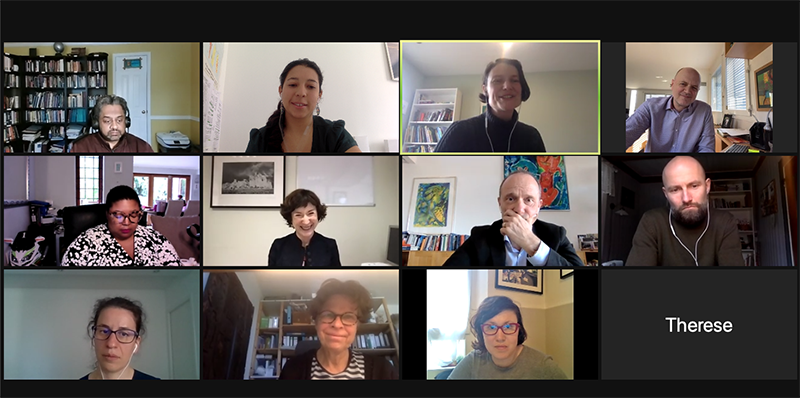
Pictured left to right: Top row: Balakrishnan Rajagopal, UN Rapporteur on the Right to Housing; Alejandra Rivera (consultant with IHRB); Annabel Short (IHRB); Scott Jerbi (IHRB); Middle row: Tlaleng Mofokeng, UN Rapporteur on the Right to Physical and Mental Health; Elizabeth Coombs (representative of UN Rapporteur on Right to Privacy); Morten Kjaerum (Raoul Wallenberg Institute); Jostein Hole Kobbeltvedt (Rafto Foundation); Bottom row: Mariya Stoyanova-Bahchevanova (OHCHR); Ursula Hartenberger (consultant with IHRB); Veronica Forcignano (OHCHR, representative of UN Rapporteur on People with Disabilities); Therese Jebsen (Rafto Foundation)
The discussion covered three key areas:
1. The multi-faceted links between the COVID-19 pandemic and human rights in the built environment
- While COVID-19 is a respiratory illness, it has manifested itself in multiple additional ways structurally and physically in the built environment – from those living in crowded conditions and unable to socially-distance, to those without access to adequate sanitation, to those with insecure tenure who were subject to evictions during lockdowns, to those in institutionalised spaces such as prisons and care centres, to women who bear the brunt of care work in the home. Systemic inequality and power imbalances by income, gender, and race means that the impacts of COVID-19 have been disproportionality borne by some population groups more than others. (See, for example, the recent report of the Special Rapporteur on the Right to Adequate Housing A/75/148, which highlights the ways in which the impact of COVID-19 has been very unequally distributed).
- There is a need to improve determinants of health on an ongoing basis, not only at times of shared crisis. Participants referred for example to the WHO Guidelines on Housing and Health, which set out the multiple benefits of and recommendations for improved housing conditions, and the importance of universal design principles that ensure buildings and spaces are designed with users of all abilities in mind. Participation by everybody, including marginalised groups, throughout the design, management and use of the built environment is key to ensure that it is closely aligned with people’s needs and therefore resilient over the long term – including to climate change, which will also be experienced disproportionally.
“Older persons are not routinely incorporated into the mainstream of thinking and planning around urban environment…Partnerships need to be fostered between multisector stakeholders, including local authorities, public health professionals, architects, housing providers, community organizations, universities, the private sector and older persons themselves, to develop innovative and inclusive responses to urban regeneration.” Cited from report A/HRC/39/50
- COVID-19 has also seen the accelerated role of technology in people’s daily lives - including surveillance and data monitoring processes - raising key questions of necessity and proportionality. In addition to rigorous data protection, there is also a need for expanded concepts of privacy, beyond seeing privacy primarily as a barrier that should not be breached, to also recognising privacy as an enabler that strengthens trust and innovation and contributes to the realisation of other human rights. In a statement shared for the event, the UN Rapporteur on the Right to Privacy wrote:
“In the digital era, privacy has been largely spoken of as ‘data protection’. Privacy is more than data. It’s pleasing to see this event and the report ‘Dignity by Design’ recognize the connection between privacy, the built environment and well-being. All aspects of privacy... need explicit incorporation in all stages of the built environment lifecycle, most particularly in the planning, design and management stages”.
- Human rights defenders face intimidation, threats and imprisonment in the context of their work advocating for rights in the built environment, and need support and advocacy from the international community. For example, Ibrahim Ezz El-Din, a 28-year-old architectural planning engineer and researcher who campaigns on affordable housing and forced evictions with the Rafto prize-winning Egyptian Commission for Rights and Freedoms, was arbitrarily detained in January 2021, having already experienced 13 months of arbitrary pre-trial detention in 2019-20.
2. The importance of joined-up approaches across the UN system
- Given the interdependence of rights – which has been driven home by COVID-19 – joint initiatives by UN mandate holders are important, such as a questionnaire that 12 mandate holders issued to governments in the early stage of the pandemic. Participants stressed the importance of regional mechanisms and frameworks, and the need to introduce these in regions where they are lacking. The pandemic has also highlighted the instrumental role of city-level government: human rights cities in several regions are working to put international human rights standards into practice locally.
3. Accountability of economic actors
- An increasing drive to commoditise buildings and infrastructure in ways that prioritise short term financial gain over social outcomes has exacerbated human rights risks in the built environment, including the rights to housing, water, and sanitation. The pandemic, however, has reinforced the significance of the public realm: many regions have seen a recalibration between private and public interests – for example in the form of eviction moratoriums and rent protections, as well as within the approach to economic recovery in many contexts. This is a critical moment to shape relationships between people, governments and the private sector in the built environment in ways that respect and advance all human rights. There are multiple specific leverage points that can be harnessed to make this happen – from urban planning processes, to building codes, to public procurement process, to project contracts. Among the relevant guidelines in this regard are the UN Guiding Principles on Business and Human Rights, and the Guidelines for the implementation of the right to adequate housing (A/HRC/43/43).
Participants expressed the need for continued collaboration and ongoing strategies to strengthen accountability and responsibility for human rights in the built environment. They considered this initial conversation as a precursor to ongoing engagement.
The Coalition for Dignity in the Built Environment is leading a programme of work that combines policy advocacy, pilot projects in specific contexts, and research and teaching – with the Framework for Dignity in the Built Environment as a touch-point.
Interested parties who would like to engage with the programme are invited to contact Annabel Short, Senior Advisor, Built Environment: [email protected].

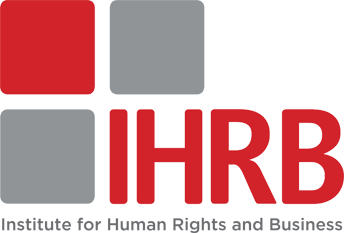


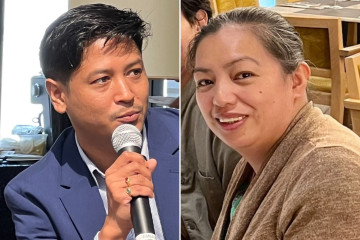

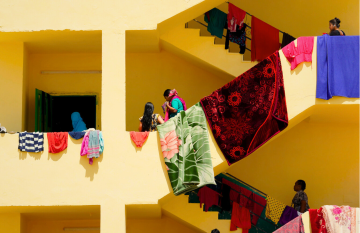
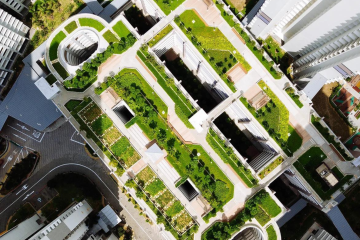
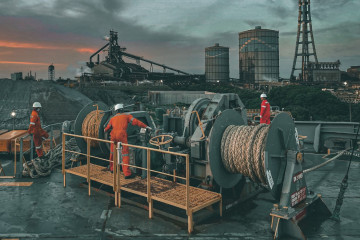
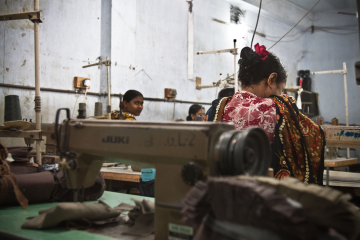

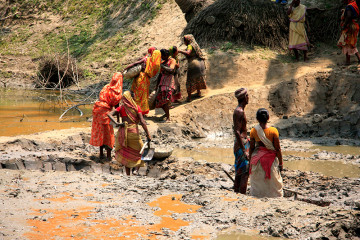
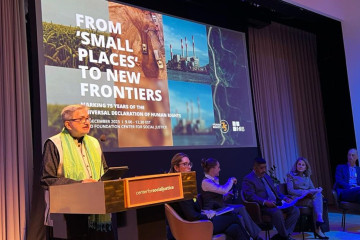
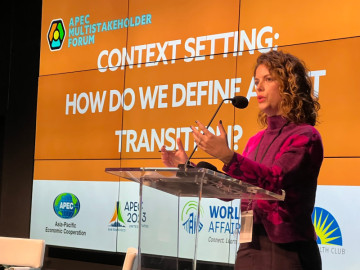
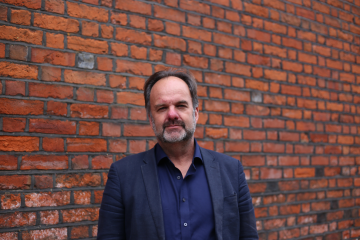
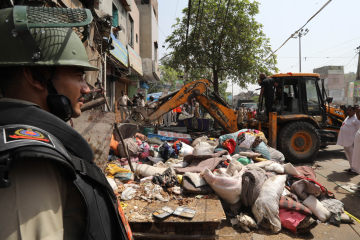

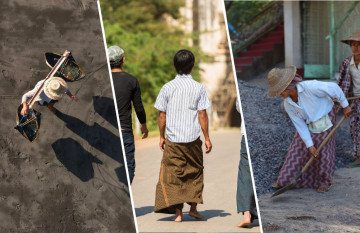
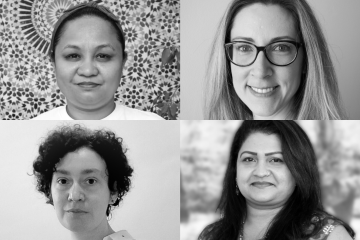
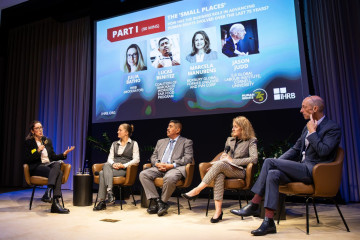

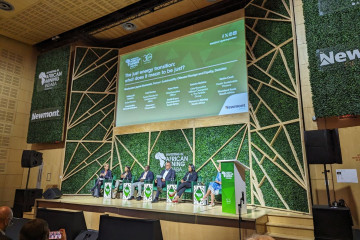
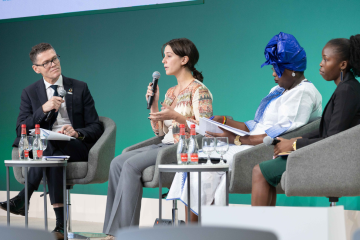
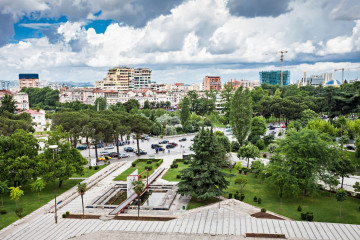
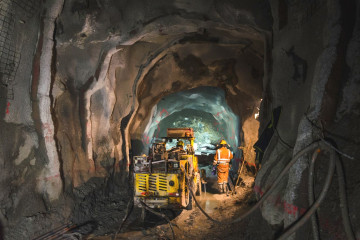
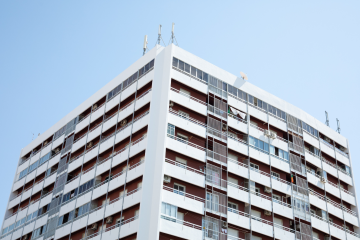
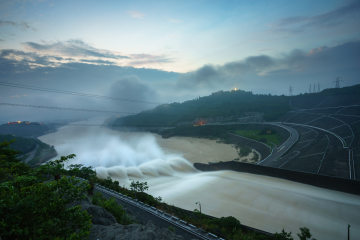
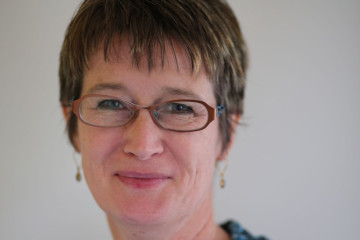
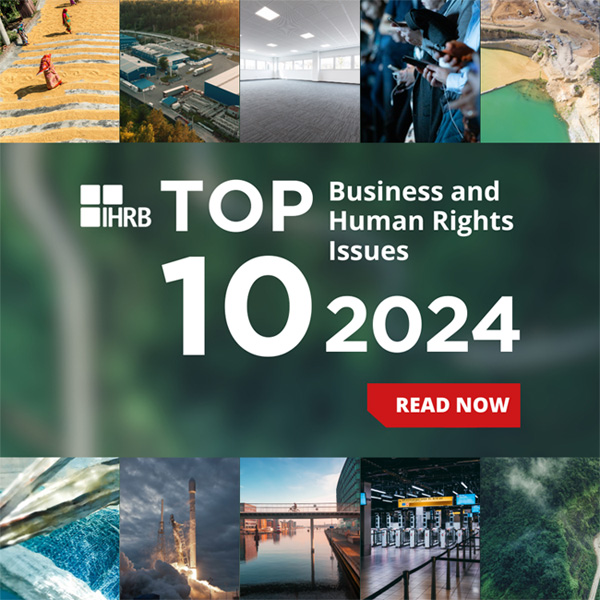
How should businesses respond to an age of conflict and uncertainty?
As 2024 began, European Commission President Ursula von der Leyen aptly summed up our deeply worrying collective moment. As she put it, speaking at the annual World Economic Forum in Switzerland, we are moving through “an era of conflict and...
26 March 2024 | Commentary
Commentary by Scott Jerbi, Senior Advisor, Policy & Outreach, IHRB